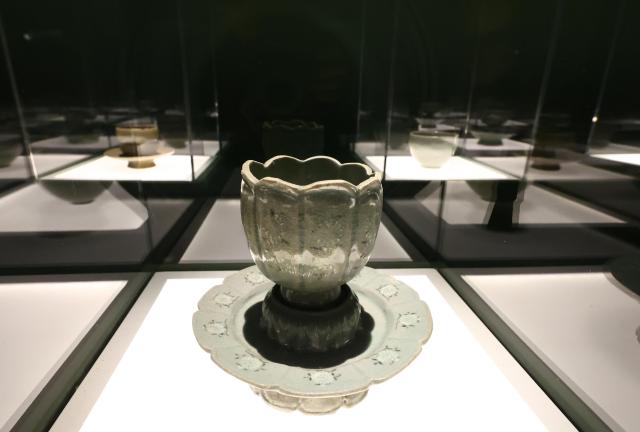
Located in Hannam-dong, Yongsan-gu, Seoul, the Leeum Museum of Art is a private institution founded by the Samsung Foundation of Culture. A reflection of the collective artistic passion of the extended Samsung family—including the late founder Lee Byung-chul, the late Lee Kun-hee, and Hong Ra-hee—the museum blends their appreciation for Korea’s ancient and contemporary art.
The museum is organized into permanent and special exhibition halls. Its permanent collection boasts an impressive array of traditional and modern works. While the museum does not officially disclose its full holdings, it is widely known to possess 36 National Treasures and 96 Treasures, making it arguably the top private collection in the country.
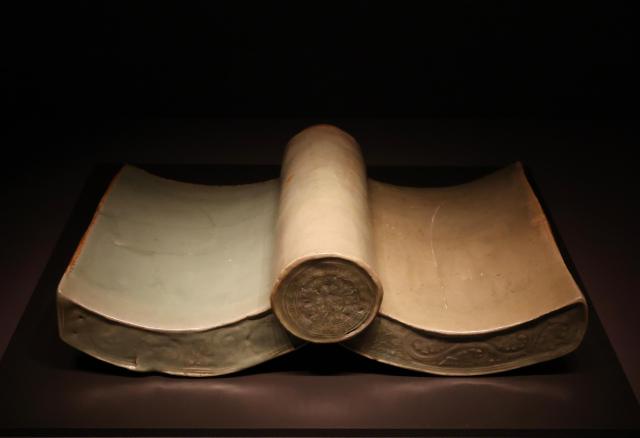
Museum I, which focuses on traditional Korean art, presents a floor-by-floor journey: the fourth floor is dedicated to Goryeo celadon, the third to Joseon white porcelain and Buncheong ware, and the second to painting, featuring works by Jeong Seon, Choi Buk, Kang Se-hwang, Kim Hong-do, and Kim Jeong-hui. The first floor houses metal crafts and Buddhist art. The modern art wing includes works by global and Korean masters—from Alberto Giacometti and Park Soo-keun to Lee Jung-seop and Damien Hirst.
Leeum has recently attracted attention for exhibiting two significant cultural relics from abroad: the Welcoming Ceremony for a Successful Civil Service Candidate by the Pyeongan Governor, and a Hwarot—a ceremonial wedding robe worn by a Joseon princess.
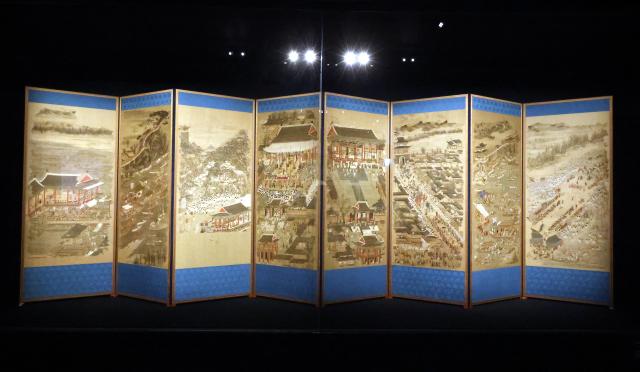
According to the museum, three experts in traditional painting restoration painstakingly worked over several months to repair approximately 10,000 worm-eaten holes. The greatest challenge, however, was reassembling the panels in the correct order. Using clues such as the attire of figures and the shifting color tones that indicated the passage of time, they successfully restored the piece to its original format as a folding screen.
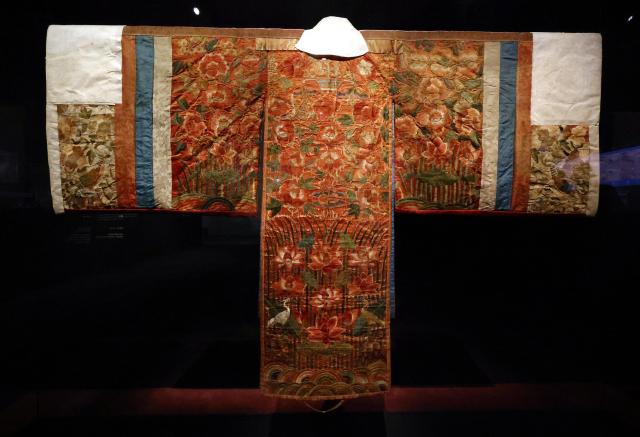
The Hwarot, also owned by PEM, was donated in 1927 by the renowned Japanese antiquities dealer Yamanaka & Co. Time had not been kind to the robe, which had grown tattered and faded after multiple uses and nearly a century in storage. Thanks to a 13-month restoration project led by the Seok Juseon Memorial Museum at Dankook University, the garment was returned to its former glory. Both the Hwarot and the Welcoming Ceremony will return to the United States after the exhibition to become part of the permanent Korean gallery at PEM, which is scheduled to reopen in May.
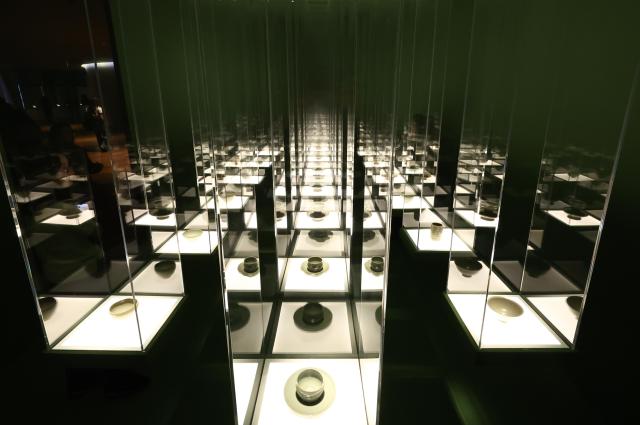
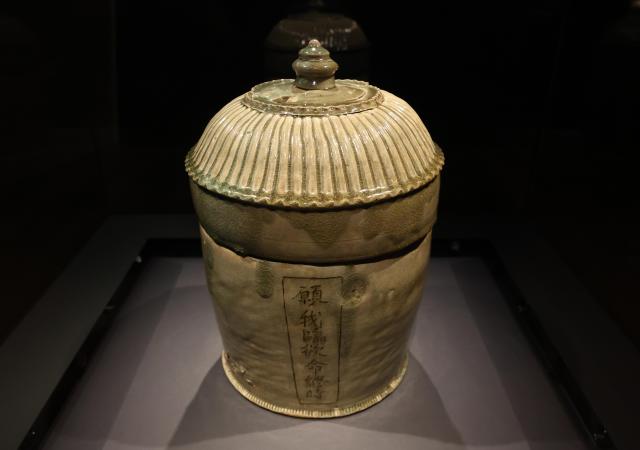
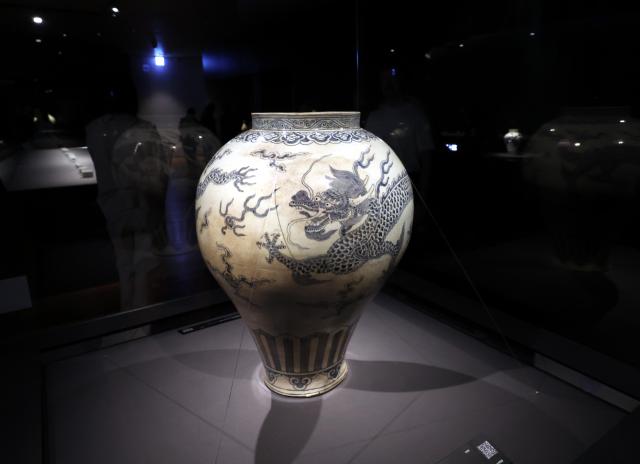
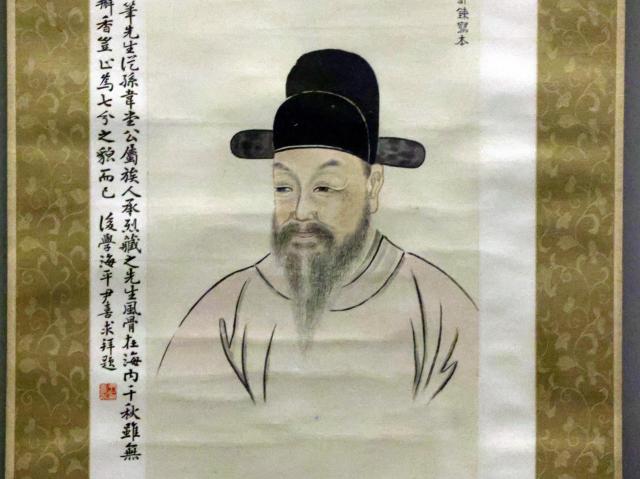
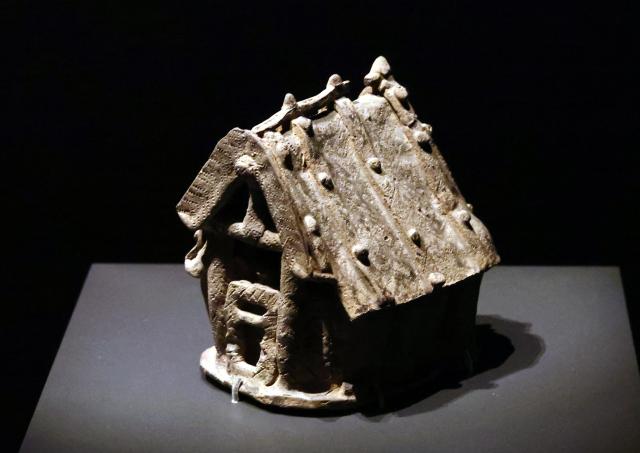
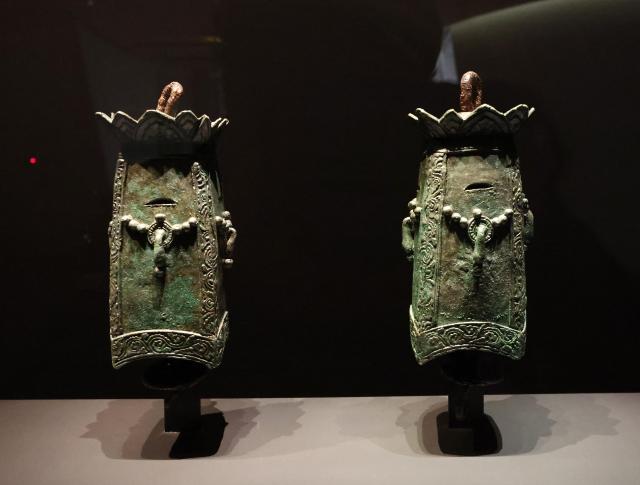
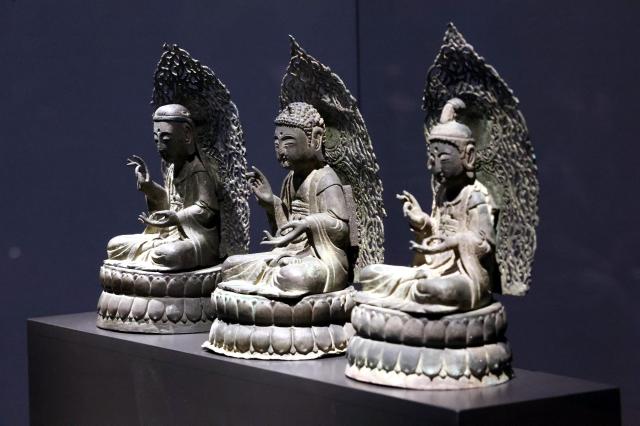

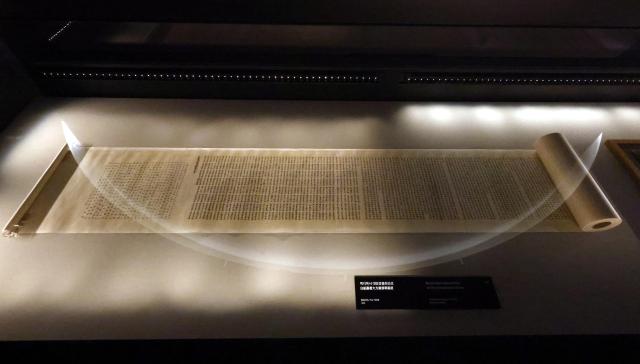
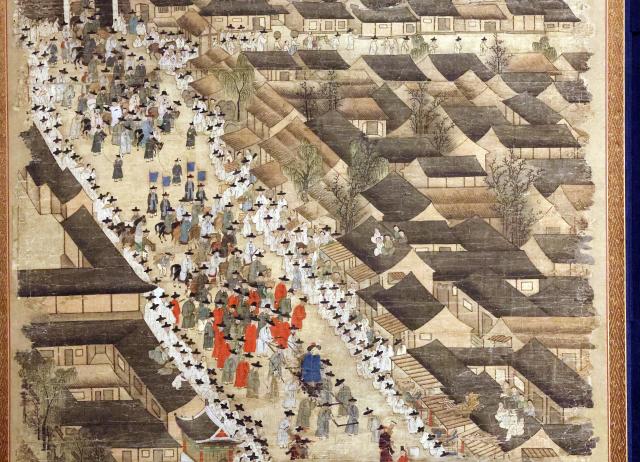
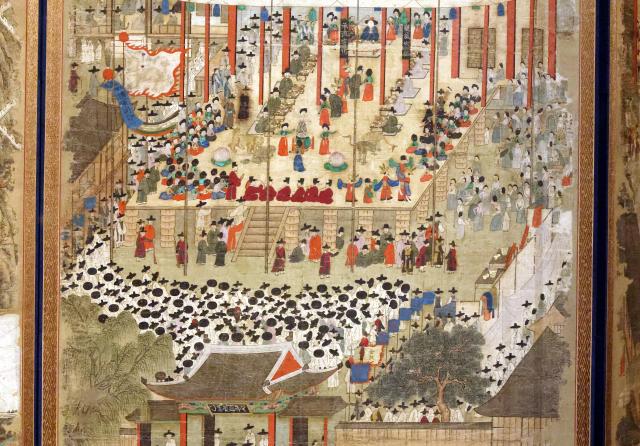
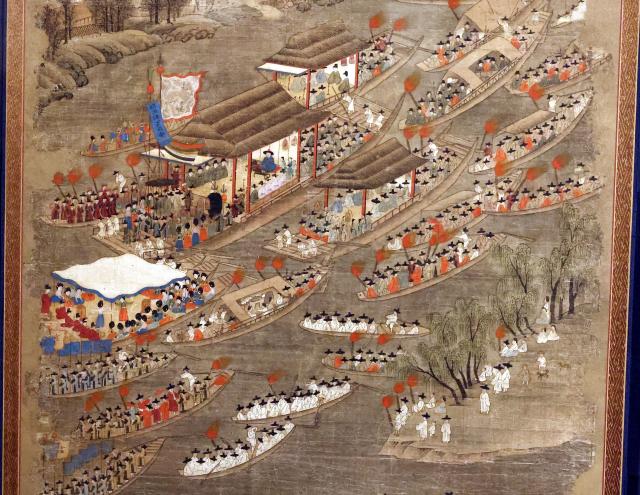
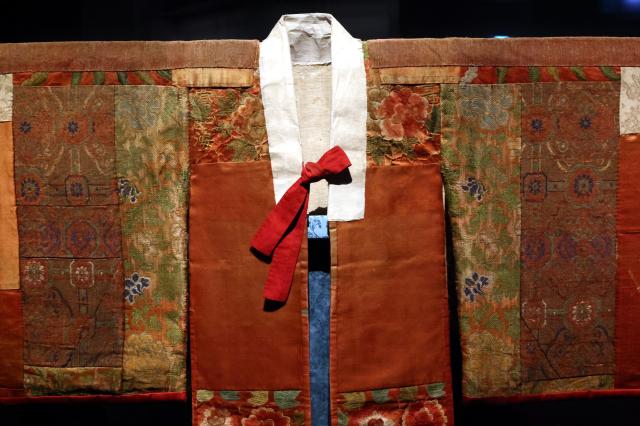
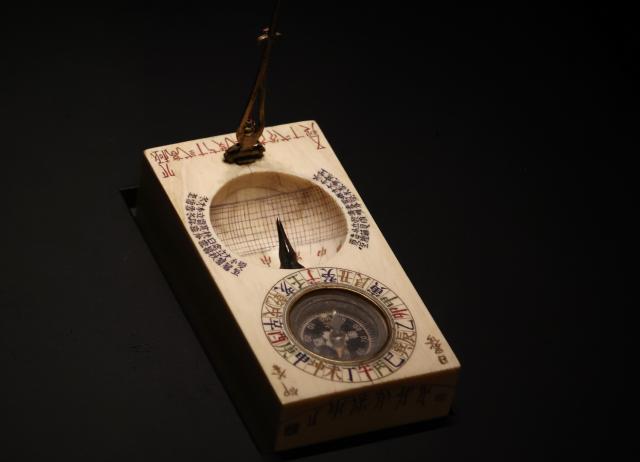
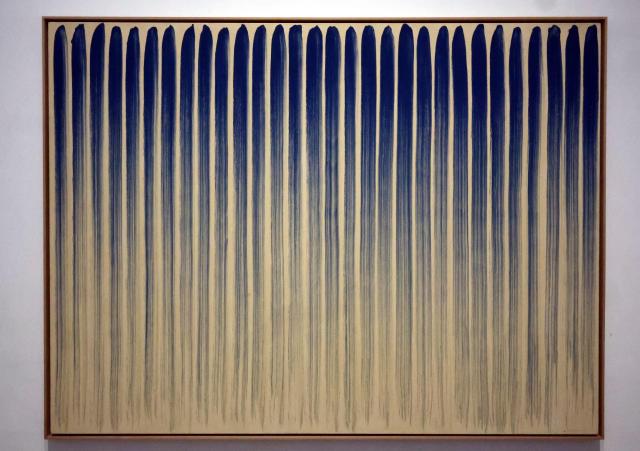
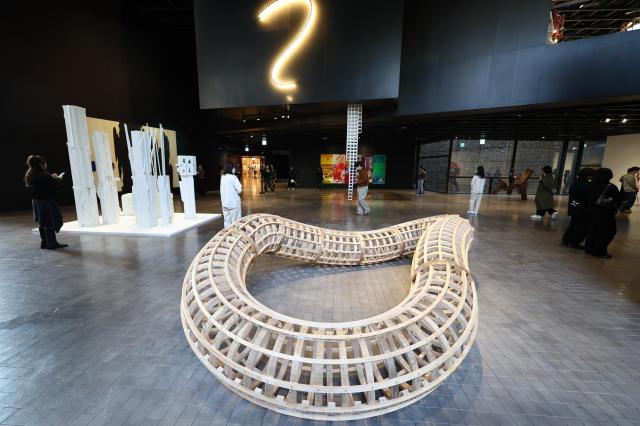
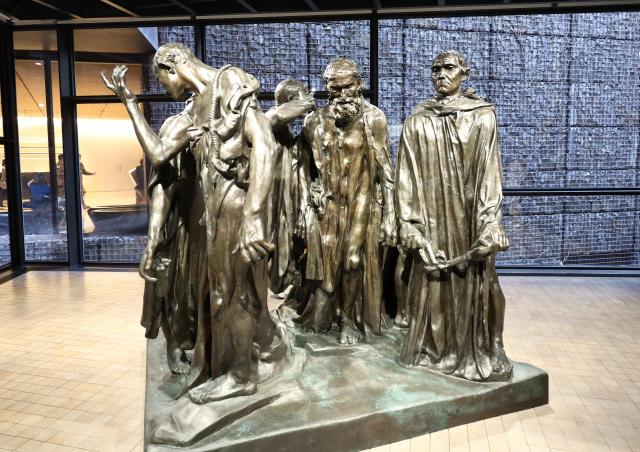
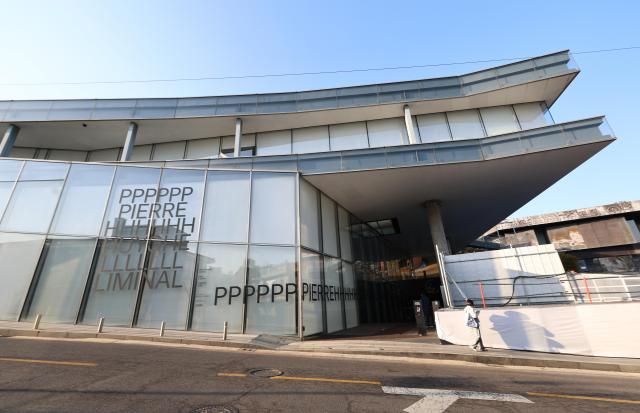
Copyright ⓒ Aju Press All rights reserved.


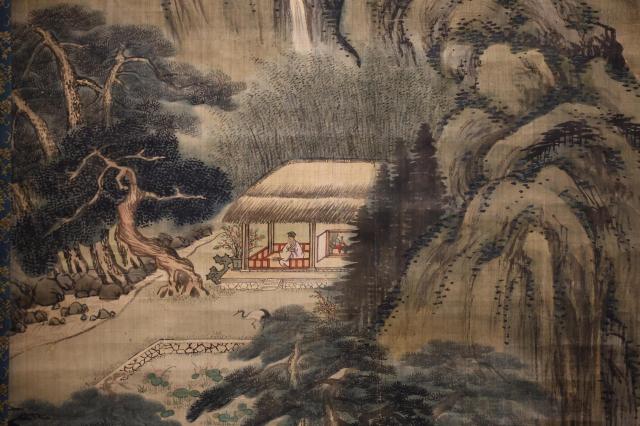


View more comments